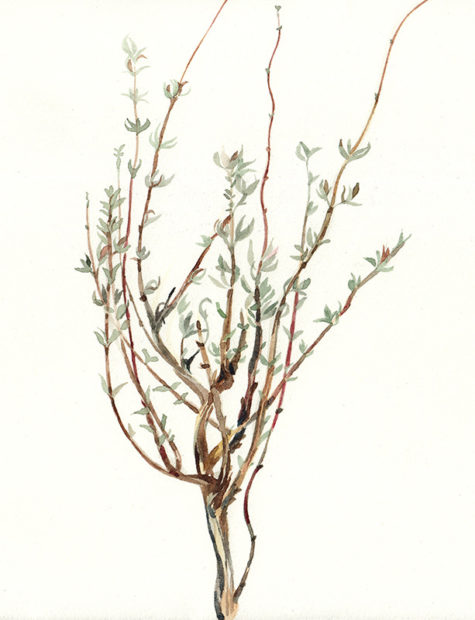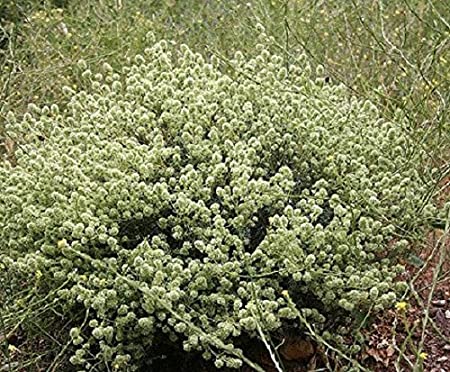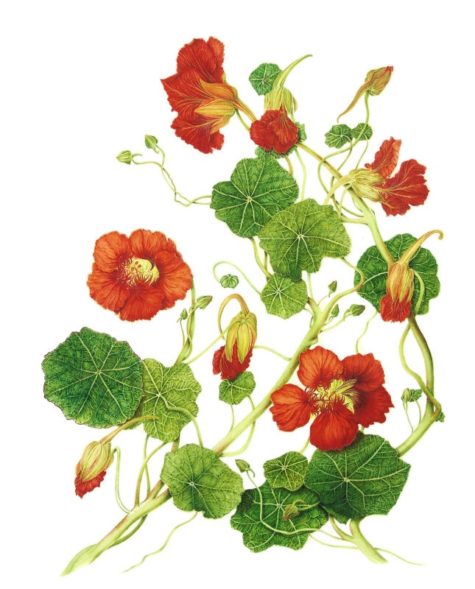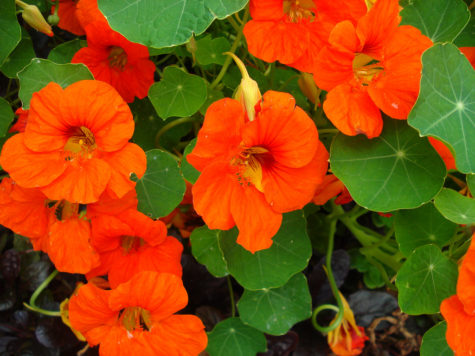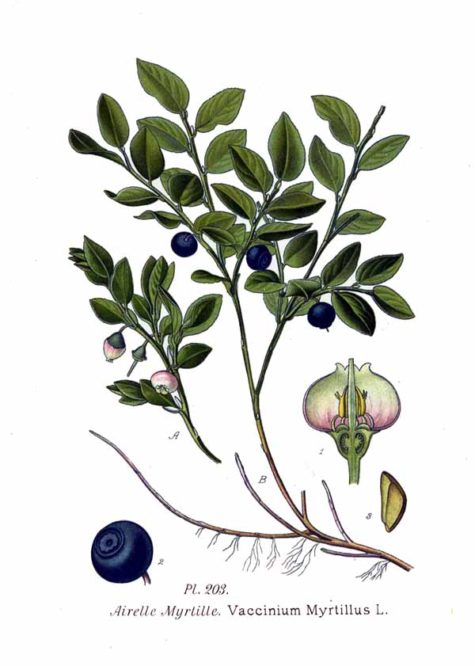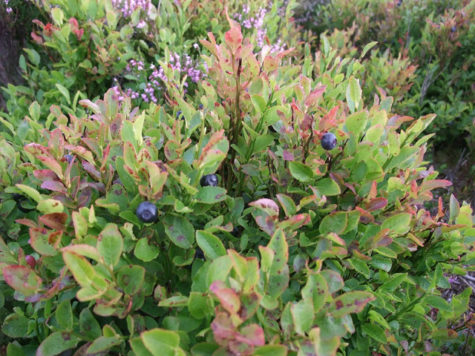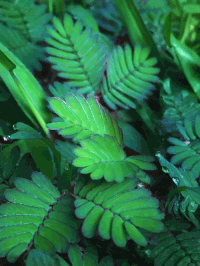Antibacterial
Mastic Thyme aka Spanish Marjoram
- Scientific Name: Thymus mastichina
- Common Name: Spanish Marjoram
- Plant Family: Lamiaceae or Labiatae
- Parts Used: Leaves, Flowers, Essential Oil
- Actions: Antiseptic, Deodorant, Disinfectant, Analgesic, Anti-inflammatory, Antibacterial
General Overview
Thymus mastichina is a very special thyme, native in the mountains of the Iberian Peninsula, Central Spain and Portugal. It is known by a number of different common names including Spanish Marjoram, Spanish Wood Marjoram, White Thyme, Wild Marjoram or Mastic Thyme. The leaves, and especially the essential oil contained in them, are strongly antiseptic, deodorant and disinfectant.
Thymus mastichina should not be confused with Marjoram also known as sweet Marjoram, knotted Marjoram and previously classed as Marjorana hortensis (Origanum majorana). Nor should it be confused with the Mastic Tree (Pistacia lentiscus).
As the name implies it grows primarily in Spain. Thymus mastichina produces tiny, oval-shaped, green leaves, which have an intense flavor. In its Spanish homeland it is used as a culinary herb for meat dishes, stews and sauces and because of its strong aroma has been commonly used in Andalucía to season and preserve olives.
Despite this fact, it is prized more for its essential oils than for its herbal properties. The plant has an herbaceous scent with eucalyptus-like overtones with a hint of a vanilla note, which, in aromatherapy, is used for its soothing, relaxing effect. It’s oil is pale orange to amber in color and has a distinctive eucalyptus like aroma. It is also considered to be especially beneficial in relaxing muscles.
Used fresh or in dried form, its leaves are used to make an herbal tea that is considered useful in treating sore throats, catarrh and colds. If preferred, the tea can be used to gargle with rather than ingested. Infusions are attributed curative or palliative properties of arthritis and rheumatism. Mastic Thyme, may be effective in protecting against colon cancer.
The Basics
The species name mastichina and the common name of Mastic Thyme derive from the Greek word massein, meaning ‘to chew’, or the verb mastichein meaning ‘to gnash the teeth’. It is the origin of the English word masticate.
Interestingly, the Mastic Tree is a small Mediterranean evergreen tree (Pistacia lentiscus) of the cashew family. The tree produces an aromatic, ivory-coloured resin, also known as mastic, is harvested as a spice from the cultivated mastic trees grown in the south of the Greek island of Chios in the Aegean Sea. Mastic resin is a relatively expensive kind of spice that has been used principally as a chewing gum. The flavor can be described as a strong, slightly smoky, resiny aroma.
Mastic Thyme produces tiny, oval-shaped, green leaves, which have an intense flavor. In its Spanish homeland it is used as a culinary herb for meat dishes, stews and sauces and because of its strong aroma has been commonly used in Andalucía to season and preserve olives.
Despite this fact, it is prized more for its essential oils than for its herbal properties. The plant has an herbaceous scent with eucalyptus-like overtones with a hint of a vanilla note, which, in aromatherapy, is used for its soothing, relaxing effect. It is also considered to be especially beneficial in relaxing muscles. The essential oil is most often found under the name: Spanish Marjoram.
Used fresh or in dried form, its leaves are used to make an herbal tea that is considered useful in treating sore throats, catarrh and colds. If preferred, the tea can be used to gargle with rather than ingested. Infusions are attributed curative or palliative properties of arthritis and rheumatism.
The leaves are used as a seasoning. They have a pungent eucalyptus-like aroma. If the leaves are to be dried, the plants should be harvested in early and late summer just before the flowers open and the leaves should be dried quickly. The plant is also the source of an essential oil, called “oil of marjoram” or “Spanish Marjoram”, that is used extensively as a flavoring for soups etc.
The essential oil obtained from the leaves is also used in perfumery, as a mouth wash, medicinally etc.
Nasturtium
- Scientific name: Tropacolum majus
- Plant family: Tropaeolaceae
- Note: It should not be confused with watercress, whose Latin name is Nasturtium officinale.
- Parts Used: The fresh or dried leaves, flowers, and the seed pods.
- Medical Action: Anti-microbial, anti-bacterial, anti-viral
- Constituents: Glucosilinates; unknown anti-bacterial substance, vitamin C
The flowers contain about 130 mg vitamin C per 100 grams (3.5 oz), about the same amount as is contained in parsley. Moreover, they contain up to 45 mg of lutein per 100 gr, which is the highest amount found in any edible plant.
The Basics
Nasturtium is quite a powerful anti-microbial, especially when used as a local remedy for the treatment of bacterial infection. Internally it can be used with benefit in any bacterial infection but it is especially indicated for respiratory infections suchas bronchitis.
It has been found to be beneficial in influenza and the common cold. Some herbalists report it to be indicated in infections of the female reproductive organs.
Nasturtium is mostly taken fresh by adding leaves, flowers and seed pods into salads and other edibles. The plant is antimicrobial, so it is good to eat this herb for infections. It is useful for respiratory infections like bronchitis, flu and colds, and it is also helpful for reproductive infections. It can help clear mucous from the throat and lungs.
By taking herbal tincture when you first feel a cold coming on, you can help speed that cold on its way. The seed pods may be antifungal. Tinctures can be made in alcohol or vinegar to preserve the nutrients of the plant for later use. Vinegar can be put on cooked greens for a mustardy touch.
The mustard oils contained in nasturtium have an antibacterial and antiviral effect and can protect against infectious and undesired yeasts such as candida. They can be used to relieve pain, improve wound healing, treat digestive disorders and bladder infections and infections of the upper respiratory tract.
Description
Nasturtium is found in many gardens with its round flat leaves and bright cheery flowers. It comes in many different colors and some varieties have variegated leaves as well.
Nasturtium is both a decorative garden annual as well as a useful culinary herb. There are two types of nasturtium; a trailing type (Tropaeolum majus) that can be trained to climb or allowed to spread on the ground and a bush type (Tropaeolum minus) that forms loose mounds.
Nasturtium produces colorful flowers all summer and has attractive water lily-like foliage. It is useful as a plant for garden beds as well as for containers. The big beautiful flowers and leaves with their unusual shield-like shape are particularly striking and ornamental. The plant forms up to 4 m long shoots that bear flowers throughout the year.
Because it is not hardy, all this splendor sadly ends with the first frost. Continue reading
Bilberry
- Scientific Name: Vaccinium myrtillus
- Plant Family: N.O. Vacciniaceae
- Parts Used: The ripe fruit. The leaves.
- Actions: astringent, diuretic, tonic, antiseptic,antibacterial
Varieties:
- V. arboreum, or Farkleberry. This is the most astringent variety, and both berries and root-bark may be used internally for diarrhoea, chronic dysentery, etc. The infusion is valuable as a local application in sore throat, chronic ophthalmia, leucorrhoea, etc.
- V. resinosum, V. damusum, and V. gorymbosum have properties resembling those of V. myrtillus.
- The Bog Bilberry ( V. uliginosum) is a smaller, less erect plant, with round stems and untoothed leaves, greyish green beneath. Both flowers and berries are smaller than those of the common Bilberry. This kind is quite absent in the south and only to be found in mountain bogs and moist copses, in Scotland, Durham and Westmorland.
- The ‘Huckleberry’ of North America, so widely appreciated there, is our Bilberry – the name being an obvious corruption of ‘Whortleberry.’
Constituents: The leaves contain glucoquinones, which reduce the levels of sugar in the blood. The skin of the fruits contains anthocyanin and is specific in the treatment of hemeralopia (day-blindness). The fruit is a rich source of anthocyanosides, which have been shown experimentally to dilate the blood vessels.
The Basics:
Although often called huckleberry, the bilberry is more nearly related to the cranberry. Vaccinium myrtillus has been used for nearly 1,000 years in traditional European medicine. Bilberry fruits have been used in the traditional Austrian medicine internally (directly or as tea or liqueur) for treatment of disorders of the gastrointestinal tract and diabetes. Herbal supplements of V. myrtillus (bilberry) on the market are used for circulatory problems, as vision aids, and to treat diarrhea and other conditions.
Bilberry is a well-known folk remedy for poor vision, especially for people who suffer from “night blindness,” that is, they have difficulty seeing in the dark. In fact, bilberry jam was given to Royal Air Force pilots who flew nighttime missions during World War II. It works by accelerating the regeneration of retinol purple, commonly known as visual purple, a substance that is required for good eyesight. European medical journals are filled with studies confirming bilberry’s positive effect on vision. Unfortunately, this herb has not received the attention it deserves in the American medical community so far.
Some people use bilberry for conditions of the heart and blood vessels including hardening of the arteries (atherosclerosis), varicose veins, decreased blood flow in the veins, and chest pain. Bilberry is also used for chronic fatigue syndrome (CFS), hemorrhoids, diabetes, osteoarthritis, gout, skin infections, gastrointestinal (GI) disorders, kidney disease, and urinary tract infections (UTIs).
The dried leaves of bilberries are used in the treatment of a variety of complaints. A tea made from the dried leaves is strongly astringent, diuretic, tonic and an antiseptic for the urinary tract. It is also a remedy for diabetes if taken for a prolonged period. Another report says that the leaves can be helpful in pre-diabetic states but that they are not an alternative to conventional treatment. The leaves contain glucoquinones, which reduce the levels of sugar in the blood.
A decoction of the leaves or bark is applied locally in the treatment of ulcers and in ulceration of the mouth and throat. It is sometimes applied directly to the inside of the mouth for mild mouth and throat soreness. A distilled water made from the leaves is an excellent eyewash for soothing inflamed or sore eyes.
Whilst the fresh fruit has a slightly laxative effect upon the body, when dried it is astringent and is commonly used in the treatment of diarrhea etc. The dried fruit is also antibacterial and a decoction is useful for treating diarrhea in children. The skin of the fruits contains anthocyanin and is specific in the treatment of hemeralopia (day-blindness). The fruit is a rich source of anthocyanosides, which have been shown experimentally to dilate the blood vessels, this makes it a potentially valuable treatment for varicose veins, hemorrhoids and capillary fragility.
How does it work?
Bilberry contains chemicals called tannins that can help improve diarrhea, as well as mouth and throat irritation, by reducing swelling (inflammation). There is some evidence that the chemicals found in bilberry leaves can help lower blood sugar and cholesterol levels. Some researchers think that chemicals called flavonoids in bilberry leaf might also improve circulation in people with diabetes. Circulation problems can harm the retina of the eye. Continue reading
Rennie Luttrull: queen-annes-lace-seeds
Rosanna: Spignel aka Bald Money
Annamarie Squatrito: Fumitory
EILEEN Klinghagen: Pumpkin
Mahmudul Hasan: Celery
